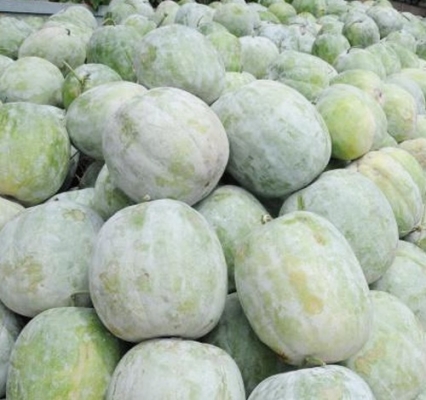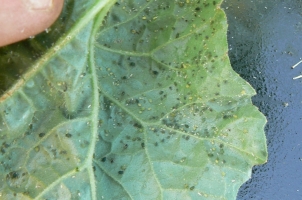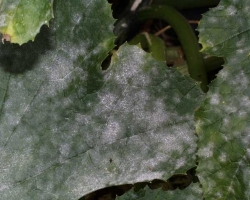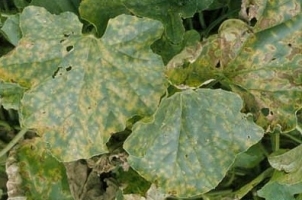PAG-3 (2003): The medium-length vines have green leaves. The fruits are appealing, spherical, and of average size. From planting until harvesting, 145 days pass. Fruits weigh 10 kg on average and produce 120 q/acre on average.
POPULAR VARIETIES DEVELOPED BY ICAR IIHR BANGLORE
Kashi Surbhi: Fruits oblong, ellipsoid, rind greenish white, flesh white; Average fruit weight 10-12.kg; Fruits are suitable for long distance transportation; It has yield potential of 240 q/acre (Kharif season) and 210-200 q/acre (summer season).
Kashi Dhawal: This variety is derived from a local collection. The vine length is 7.5-8 m. Fruits are oblong, flesh white, thickness 8.5-8.7 cm, seed arrangements linear, average weight 11-12 kg crop duration 120 days and yield 230-240 q/ha. This is suitable for preparation of Petha sweets due to high flesh recovery.
Other States variety
CO 1, CO 2, Pusa Ujjwal, Kashi Ujawal, MAH 1, IVAG 502























